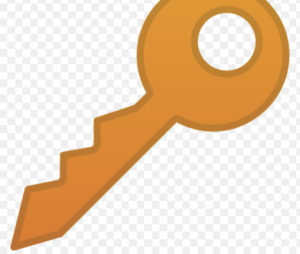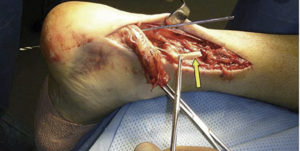At CORE Physical Therapy, we specialize in athletes. Especially scary is the dreaded Achilles tendon rupture. Overall, if you choose the right place to do your physical therapy and rehabilitation for sports performance, full recovery is very likely and efficient process.
Over the years, we have found that early weight-bearing range of motion and isometric strengthening is vital for a full return and recovery in the final preparatory phase is for return to sports after Achilles tendon rupture repair surgery. Furthermore, only trust your Achilles tendon rehabilitation with a sports performance specialist. In the last decade, we have seen dozens of Achilles tendon tendon rupture repair surgeries and rehabilitation and with fantastic results in a full return to sports better than before.
If you do not, however, get a full recovery chances are that you will have another injury subsequent to the initial period and increasing the likelihood of a chance of rupturing the contralateral Achilles tendon as well through compensation.
The keys to a full recovery are simple. The progression is much more difficult and complicated. We start with early weight-bearing and range of motion in a semi-weight-bearing position. This will allow better overall isometric strengthening and proprioceptive building before actual weight bearing begins. Once weight-bearing is tolerated in an appropriate post-op timeframe, we can do a full gait training analysis and get full body mechanics and gait training up to normal capacity. Once four and normalized mechanics are restored to the walking fast walk in gate program. We continue the strengthening process to progress to running and sprinting and jumping and cutting. We do so in a very gradual way to make sure that we never go backwards in recovery and only go forward progress and just fast enough that we never have a setback. Experience, athletes age, are the risk factors, response sport to return to, and many other factors play into how fast how fast we recover in half as we increase the parameters of the recovery process. Each patient is very unique in the structured rehabilitation protocol at a time in the dynamic situation that continues to progress and change throughout the system of recovery.
Often times, a patient is fully recovered from a range of motion and functional strength and proprioceptive point of view. They do not however, have the mindset or trust of the affected limb in dynamic situation. This overall is a big problem. This can lead to compensation and contralateral injury due to mechanical compensation. The key here is to build proprioceptive structure, increase neurological inputs in various motor, fine motor, and cognitive tasks to decrease reliance and self efficacy and awareness of one’s injury. Basically in a nutshell, we trick the patient into utilizing all if its potential without using conscious cognition to compensate. We have to recover at an unconscious level as well, we must learn to trust it.

Would you trust your Achilles tendon rupture repair surgery to an amateur,? I don’t think so…
doi: 10.1016/j.cpm.2016.10.009.Epub 2017 Jan 29.
Acute Achilles Tendon Rupture: Clinical Evaluation, Conservative Management, and Early Active Rehabilitation
- PMID: 28257676
- DOI: 10.1016/j.cpm.2016.10.009
Abstract
The Achilles tendon (AT) is the strongest, largest, and most commonly ruptured tendon in the human body. Physical examination provides high sensitivity and specificity. Imaging studies are not recommended unless there are equivocal findings in the physical examination. Recent studies have shown that the risk of re-rupture is negated with implementation of functional rehabilitation protocols. Heterogeneity in study design makes conclusions on the specifics of functional rehabilitation protocols difficult; however, it is clear that early weight bearing and early controlled mobilization lead to better patient outcome and satisfaction in both surgically and conservatively treated populations.
Keywords: Functional rehabilitation; Nonsurgical treatment; Postsurgical rehabilitation.
Copyright © 2016 Elsevier Inc. All rights reserved.
C.O.R.E. Physical Therapy and Sports Performance PC,
17660 Wright St, Suites 9/10
Omaha, NE 68130
402-930-4027
At CORE Physical Therapy in Omaha, We specialize in the treatment of athletes. We have worked with athletes for a combined 30 years. CORE was established in 2015 by Dr. Mark and Dr. Claire Rathjen is family owned and operated.
We are proud to serve the greater Omaha metro area.
For More information, Please feel free to contact us https://coreomaha.com/contact/
Please feel free to follow us at https://www.facebook.com/COREomaha/
To get started https://coreomaha.com/getting-started/
For more Blog information https://coreomaha.com/blog/
Youtube Account linked below.
https://www.youtube.com/channel/UCVg8OSN5h-i1n_ykw1Gvahg?view_as=subscriber

